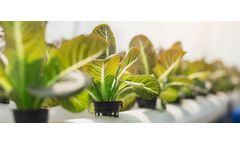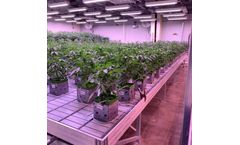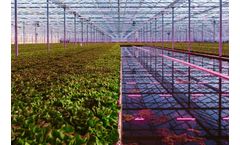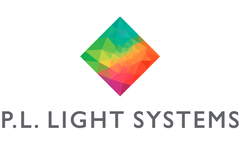Leafy Greens Articles & Analysis
13 articles found
They are particularly effective at juicing leafy greens, wheatgrass, and soft fruits like berries. This versatility allows you to create a variety of juices, including green juices, nut milk, and even sorbets. 5. ...
The future of agriculture is ever-changing… And in the bid to feed the world by 2050 there are a number of key challenges, but also exciting opportunities. With an ever-rising global population, climate change, food security and working out how to produce enough nutrient-dense food for the masses are high priorities for the agriculture sector. These colossal world issues present many ...
The main sources of these vitamins include green leafy vegetables, oranges, carrots, tomatoes, dried apricots, spinach and peppers. ...
How do you achieve the highest yields with your lighting system? As we know, increasing light intensity up to a certain species-specific point, results in a corresponding increase in yield. And when light levels are not optimized for production, or the type of crop you are growing, you are going to have slower flowering, poor root development and plant structure, as well as reduced yields. There ...
There are a lot of claims out there about LED and HID lighting, and as manufacturers of both, we always try to show the complete picture. In this article, we try and debunk some common statements made about both LED and HID lighting to help you make better decisions when it comes to grow light ...
There is a widespread misconception that the taste of vegetables is solely based on genetics of the plant species and cannot be enhanced by cultivation techniques or environmental conditions. That would be true in a scenario where other cultivation parameters were universally normalised. However, this is rarely the case when it comes to indoor vegetable production facilities. The cultivation ...
Whether you’re a grower wanting to extend your season in the hoop house or greenhouse, an urban rooftop farm, or a small indoor start-up—horticultural lighting gives you the flexibility and assurance that you will be growing the highest quality products year-round. With demand for local grown produce increasing, it’s not surprising to see many small growers expand into ...
What is the difference between Red/Blue vs. Broad “Full” Spectrum LEDs? Growers generally have two options when it comes to horticultural LED spectrums – “full spectrum” or “broad-spectrum”, which appears as white light; and “red/blue spectrum”, which can appear as purple or pink light. The red/blue spectrum LED luminaires are often referred ...
The use of conventional washing and sanitizing has a limited effect on the bacterium as it is adhesive to surfaces and is internalized by the fresh produce. Particularly when it comes to leafy greens, unsanitary water supplies are the most common cause of E.Coli outbreaks. ...
I think upwards of a third of the world’s leafy green vegetables come from the area. We have pest pressures that might not be as common in a vineyard specific ...
Figure 1 Red baby leaf lettuce ‘Sadawi’ grown under enhanced blue/UV-A spectrum with 200 µmolm-2s– light intensity (left), standard leafy green spectrum with 200 µmolm-2s– (middle) and standard leafy green spectrum with 400 µmolm-2s– (right). ...
Finnish greenhouse technology companies Netled and Novarbo have developed a concept, that enables grower to produce leafy greens in a closed process in extremely energy efficient way with up to 90% lower water consumption compared to traditional cultivation. ...
” Typically, organic growers plant pulse crops solely for their nitrogen-fixing ability and use them as green manure. In this process, there is no sale from the field’s pulse crop. The crop is seeded as usual, but cut down after the flowers blossom and before seed growth begins. The leafy green part of the plant remains on top of the ...











